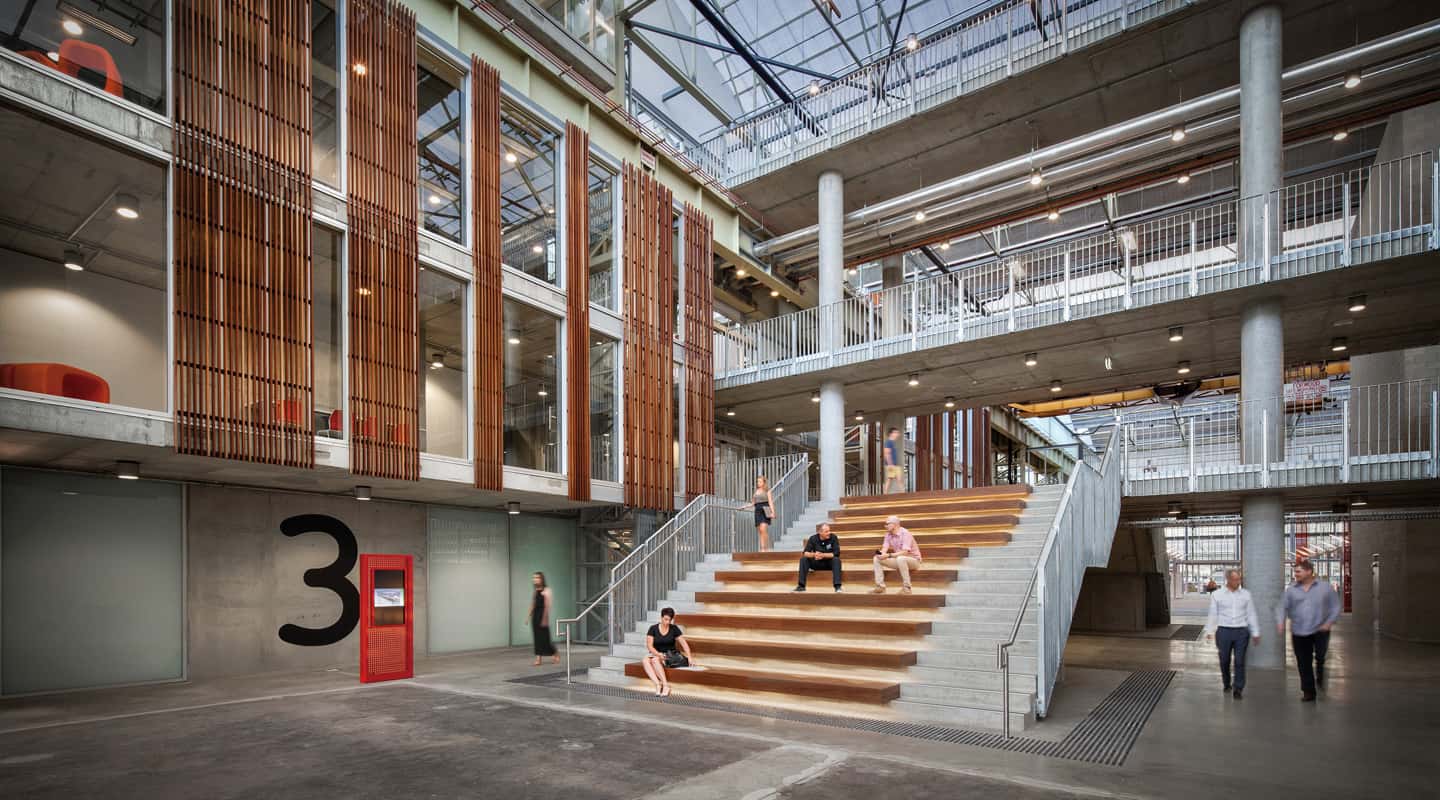
The BYOD Campus
TAFESA has a campus-wide control system with the hardware already in your pocket.
Text:/ Jon McFarlane
Earlier this year, TAFE South Australia opened its AU$119m Sustainable Industries Education Centre (SIEC) at the former Mitsubishi manufacturing site at Tonsley Park in Adelaide. In so doing, it has brought the building, construction and renewable energy trades onto the same campus, with a strong and united focus on skills-based training in the purpose-built technical workshops.
The audiovisual technology at SIEC is delivered across a mix of ‘cookie cutter’ seminar rooms, computer labs, corporate meeting rooms and technical workshops. Each workshop is fitted with IP cameras that can be viewed and controlled from anywhere in the building. Each teaching space is fitted with interactive touchscreens, USB cameras, access to all workshop cameras and Microsoft Lync for room linking, wireless collaboration and remote teaching.
At the heart of the audiovisual solution is a control system that helps achieve a new level of building integration by effectively being invisible. There are no touch panels in any of the 70-plus teaching spaces, no light switches, and not a single rack-mounted control unit. The control hardware is simply the campus IT hardware: standard network switches, wireless access points and virtual servers. By removing the need for specialised control interface hardware, the project focuses on new ways of interacting with the audiovisual system.
Benjamin Keane from B&H Australia was tasked with the challenge of guiding the TAFESA and SA Government stakeholders down the path of new possibilities. “The goal from the start was to provide maximum functionality with the fewest moving parts, allowing for the simplest level of integration, while remaining cost effective. In the end we managed to save the client a significant amount of money while delivering a level of usability that would otherwise have been impossible.” Keane explains further that by starting with an IT-based control system and an open-standard web interface, the design was able to extend its integration span beyond the hardware level and into new realms, including timetabling systems, digital signage and streaming content delivery, without the need for costly proprietary technologies.
Although there are no mounted touch panels, every room still has its own user interface that can be accessed on demand utilising the user’s own device. Staff and students use their phone, tablet or laptop to browse to the unique URL for the space they wish to control. There is no need to connect to the wi-fi as all interfaces can be accessed over 3G and the solution integrates with the TAFESA ‘single sign-on’ authentication process to manage access. This makes connecting fast. There are no apps to download, no special network to join and it is the same login as all other TAFESA online systems, meaning that the user has likely already signed in.
Above: SIEC southern entry foyer. Inset: The factory shell left behind by Mitsubishi. Images courtesy MPH Architects. Photographer: David Sievers
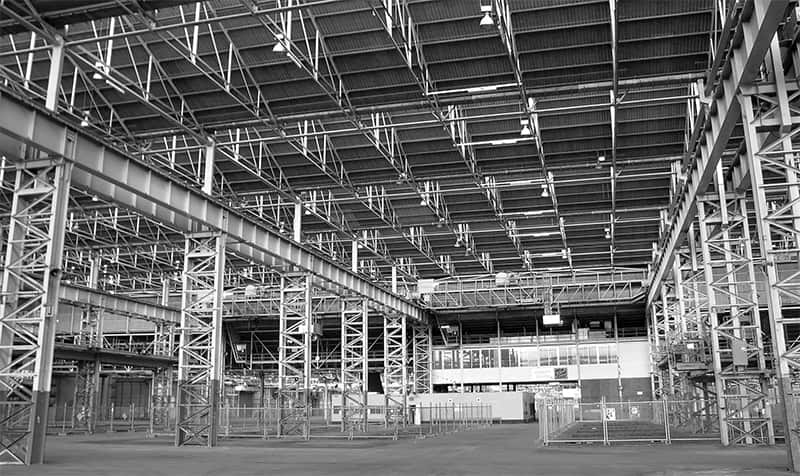
PROJECT CREDITS
Architects: MPH architects
Audiovisual design: B&H Australia
Audiovisual integration: Programmed (formerly KLM)
Control & media software: Advanced Control and Acoustics
THE PILLAR OF ACCESS
Without a mounted touch panel to control the teaching spaces, a solution had to be designed in order to provide easy access to each room’s user interface. The Pillar of Access card (a nick name that stuck) provides four options to launch the control page and is presented on a wall-mounted card. Each tile takes the user to a unique URL via a QR code, NFC chip, iBeacon or simply by typing in the address. This can then be saved to the device’s home screen and launched like an app. Staff members that present from laptops often access the control interface from their browser bookmarks.
The QR code acts like a physical world link. Staff and students can scan the code, which will then launch the browser to the room’s interface. A Near Field Communication (NFC) chip is mounted behind each card and works in a similar way to the QR code. NFC-enabled phones can tap the chip and it will take the user to the control interface. This is one of the fastest ways to launch the control interface and NFC is now standard on most smartphones.
The most integrated solution however, is the Bluetooth 4 beacon. This small device sits in the room broadcasting an ID so that when the phone ‘hears’ the ID it automatically launches the relevant URL for that room. This means there is no scanning, tapping or typing to launch the control interface – the user simply needs to walk in range of the beacon.
THE MOBILE WEB
The mobile web browser has come a long way recent years. New front-end technologies make it possible to build one solution for all devices and screen sizes. This includes auto-scaling and repositioning of elements for different screen sizes and orientations.
The TAFESA solution took a ‘mobile first’ approach, leveraging the latest Javascript libraries to provide a completely device-agnostic audiovisual solution that works on a five-inch phone as much as it does on an 80-inch LCD. Specifically, the framework AngularJS provides app-like functionality in the browser and allows for a responsive design across all devices.
With HTML5 continuously releasing new features and frameworks such as AngularJS, there is almost no need for native apps on mobile devices. This allows the TAFESA solution to be easily accessible and scalable.
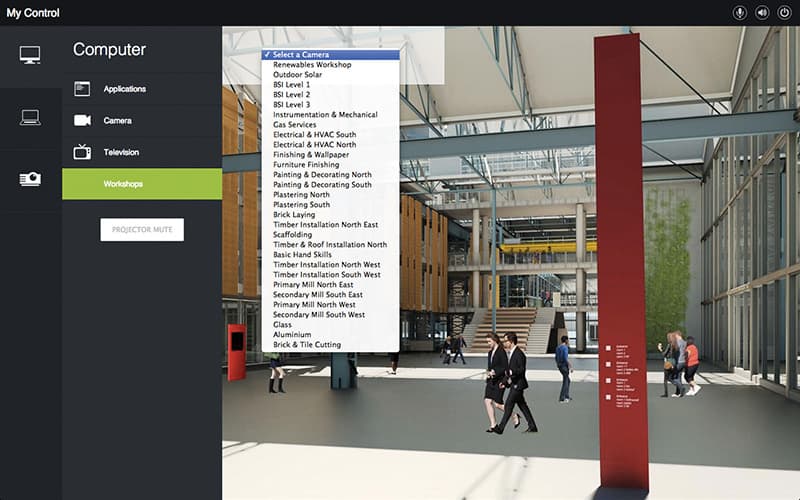
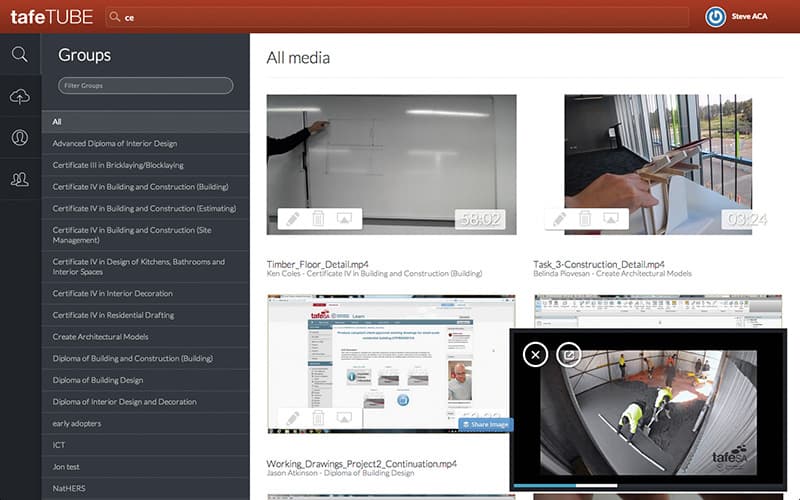
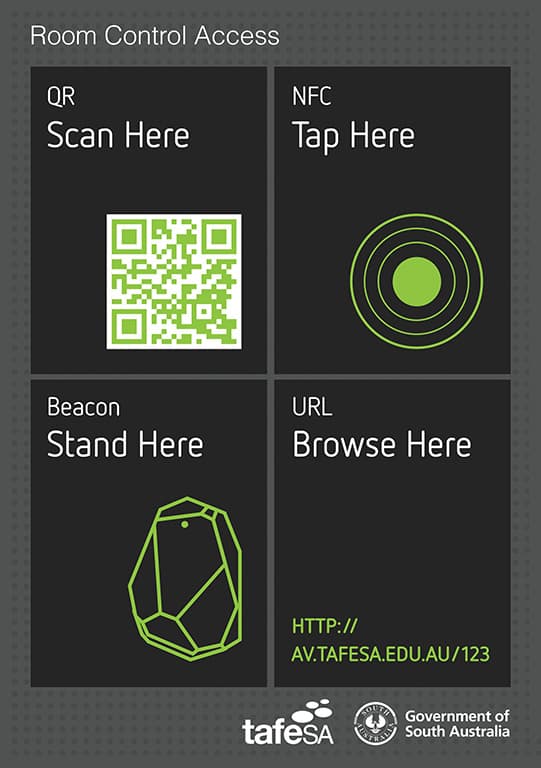
TAFETUBE
TAFETube (another nick name that stuck) is a white-label version of Advanced Control and Acoustics’ (ACA) video platform CoTag Media. The solution integrates with TAFESA’s student and staff directories so can users automatically log into the courses they are completing. This uses the same single sign-on authentication as the control system to unify access across the solution.
Users can view and upload videos from their mobile devices, share video across groups and submit video for assessment. The platform is being used to demonstrate technical skills and view student’s work. Video tagging allows staff to mark comments along the timeline of the video for discussion or formal assessment.
The control system in each room can launch TAFETube on the resident PC so staff and students can interact with the platform on the touch screen displays. The resident PC is also used to capture lectures using Microsoft Lync that is uploaded to the course’s group on TAFETube.
REAL-TIME MONITORING
Such a large rollout requires device and system monitoring. ACA’s real-time monitoring allows technical staff to monitor device status, browse to user interfaces for remote support, and edit control settings for device swap-outs. These admin interfaces are powered by the same front-end technology as the user interfaces, allowing for monitoring and support from any web-based device, including mobile phones.
ON THE BUTTON
TAFESA took an innovative leap forward with a completely IP-based AV solution managed by a BYOD (Bring Your Own Device) control system. This includes a strong mobile focus with single sign-on authentication creating a new level of customer experience for an audiovisual solution. The result is an audiovisual solution that integrates with the building and provides the flexibility to grow and adapt over time.
Linking an audiovisual system to the customer’s own device and integrating with their user account makes the system personal and approachable. This is the first step to entirely responsive buildings that react to interaction and not a button press.

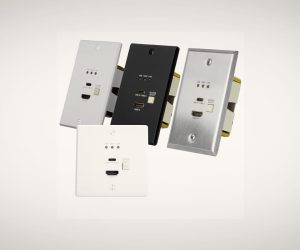
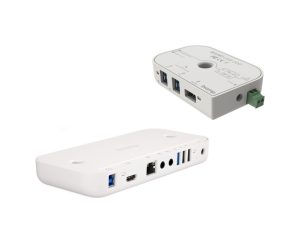
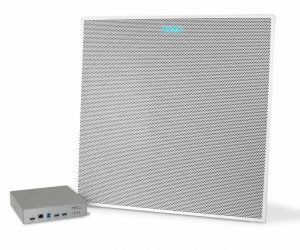
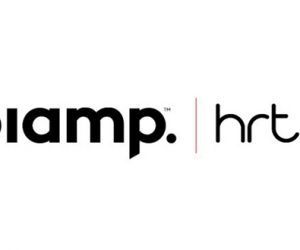


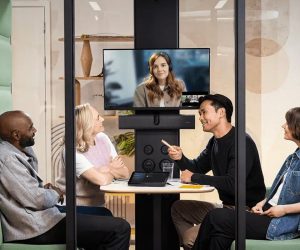
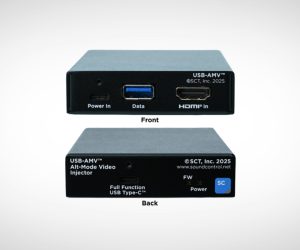
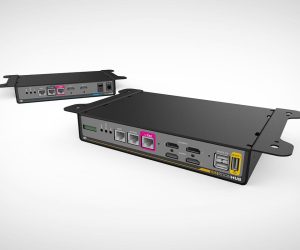
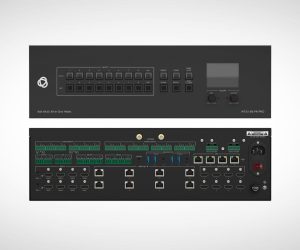
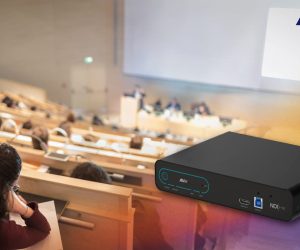


RESPONSES